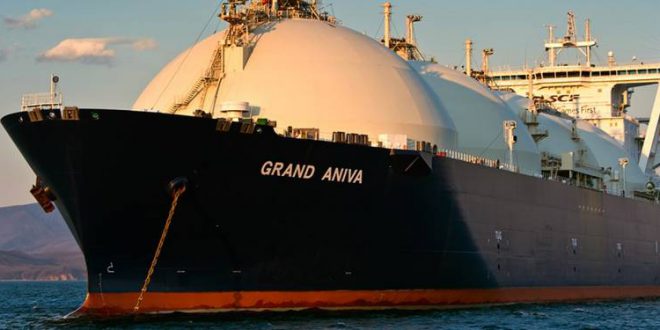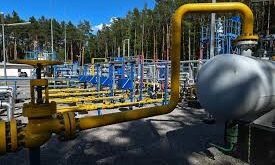The global LNG industry is approaching a hiatus in growth as current under-construction projects come online in the next 3 years without more new supply in the pipeline. As oil prices dropped. industry investment capital slowed. and project developers shifted their focus from speed to cost savings. While this will cause a pause in supply growth. demand growth continues.
China accounted for 40% of LNG demand growth in 2017 and is expected to be a key driver of long-term demand growth through 2025 and beyond.
US projects will be essential in supplying this growth. but face a challenging competitive landscape. The second wave of US LNG consists of a large number of projects. each trying to establish itself as the best. most cost-efficient option for future LNG supply.
There are some primary drivers and risks to keep in mind. however.
While current projects would try to come online during the tightening LNG supply market in 2023. they are in a race against time. The first projects to declare FID will be heavily advantaged in the future. and late projects may end up missing the second wave entirely.
In addition to demand growth. LNG supply projects have an opportunity to capture legacy demand. A large chunk of legacy Asian purchase contracts are coming to an end in this same time frame. and negotiators will potentially have to renew contracts in light of new. inexpensive supply.
On the other hand. demand growth in Asia is not guaranteed. Growth in Asian countries is partly determined by government policy. and partly determined by volatile macroeconomic and geopolitical factors. Trying to forecast these factors can be a guessing game.
Additionally. US LNG suppliers face the risk of international LNG projects moving ahead. These projects may try to take cost-savings learnings from US projects or take advantage of shipping advantages to make their own projects more feasible. Further. these projects may not be economically advantaged. but are endorsed by their governments.
 Iran Energy News Oil, Gas, Petrochemical and Energy Field Specialized Channel
Iran Energy News Oil, Gas, Petrochemical and Energy Field Specialized Channel




